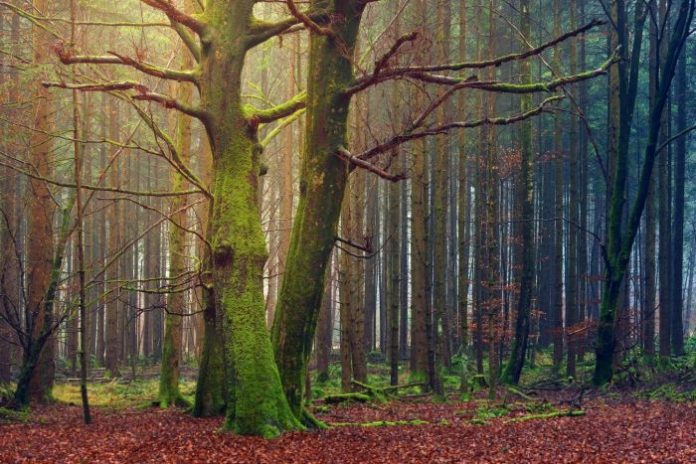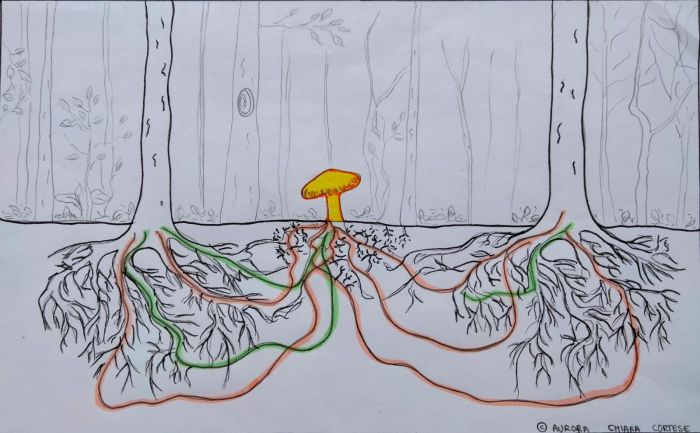
Contrary to what one might think, the life of trees is not only based on individualism and competition, but also on cooperation and solidarity, as the 20th century French writer and academic Henry Bordeaux also stated with his famous phrase “trees, like man, are refined in society”.
Peter Wohlleben, German forester and writer, in his book “The secret life of trees” (Macro Edizioni, 2016) takes us on a journey of discovery into the secret and hidden world of trees, showing how they are social and supportive beings, able to make friends, feed each other and communicate with each other. Peter tells us how research carried out by Vanessa Bursche of the Aachen Polytechnic Institute has revealed the existence of an underground fungal network that connects trees to each other like a real “social assistance system”.
It is in fact underground that an exchange of nutrients and even information (e.g. about an impending insect attack) takes place via the roots, enabling ‘stronger’ trees to help ‘weaker’ ones, thus compensating for their respective strengths and weaknesses. This discovery would prove that trees are able to tune into each other in such a way that they all provide the same performance. However, this only happens between trees of the same species, such as beech trees, which are able to form friendships and even feed each other.
Diseased trees also receive help and nourishment from their healthy neighbours until they recover. At a later stage, the situation may be reversed and the trees that have provided support may need help themselves. In short, a continuous give and take. This behaviour of the beech trees is, in fact, somewhat reminiscent of that of a herd of elephants: the herd also cares for its members, helps those who are weak and sick, and even organises funeral vigils by gathering around the body of the deceased member to touch it with their trunk as a sign of respect and greeting, and then return to that place to visit the bones, as if to ensure that it is really dead.
Some foresters in Lübeck, explains Wohlleben, have discovered that a beech forest in which the trees are densely spaced is even more productive. The health of a tree depends on the health of the surrounding forest: if the weakest trees decay and die, the others suffer as well. This is because when the forest is no longer closed, the sun and strong gale force winds reach the ground, making it dry and altering the cool-humid microclimate.
According to Wohlleben, trees ‘choose’ whom to help on the basis of their degree of attachment or perhaps even affection. A pair of ‘friendly’ trees is careful not to form branches that are too bulky in the direction of the other tree, and instead turn the thicker, thicker branches outwards, in the direction of the ‘non-friends’. These pairs are sometimes so closely interconnected by their roots that they even die together.

However, such friendships are usually only found in natural forests and seem to be common to all species (beech, oak, fir…). On the other hand, the roots of trees in planted forests, having suffered permanent damage from planting, seem unable to rebuild and form a network. Trees in these forests are usually solitary and lead a rather difficult life, Wohlleben concludes.
Since the beginning of their existence, trees have “chosen” to stay together, they have evolved and adapted to different latitudes, organising themselves into plant communities and colonising a large part of our planet, making it liveable for thousands of animal species and for man. We can therefore say that the first form of associated and organised life is the forest and that trees have always been subject to the rules on which the society they have built and continue to foster is based.






































